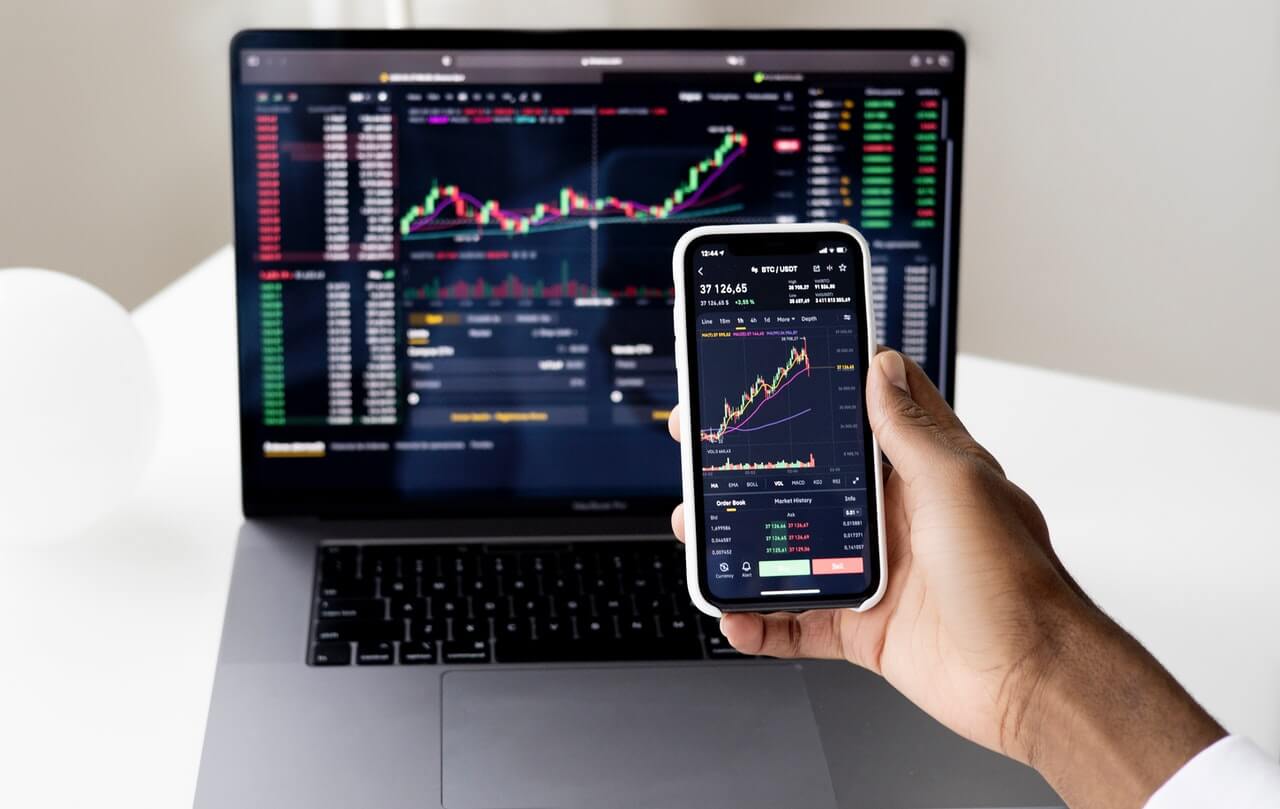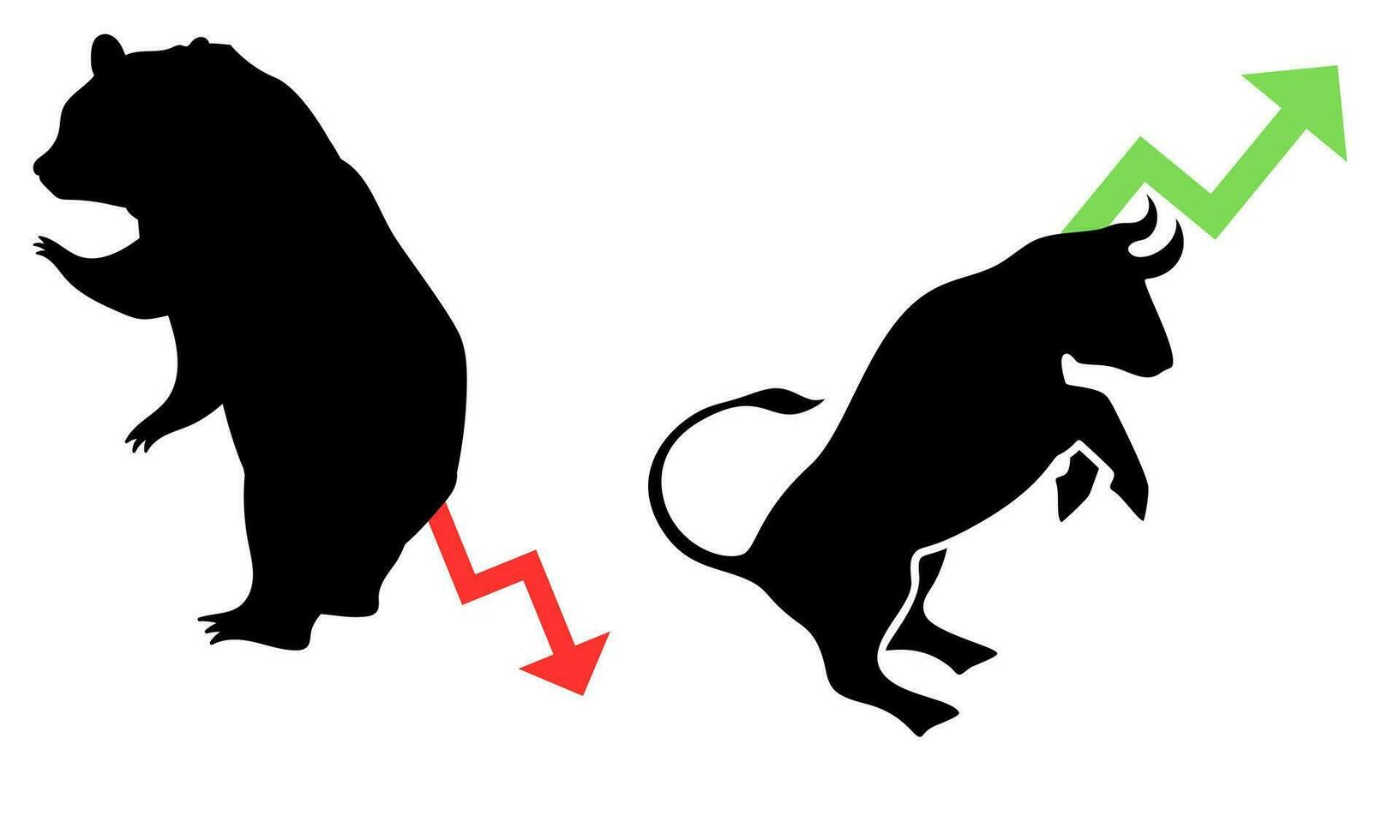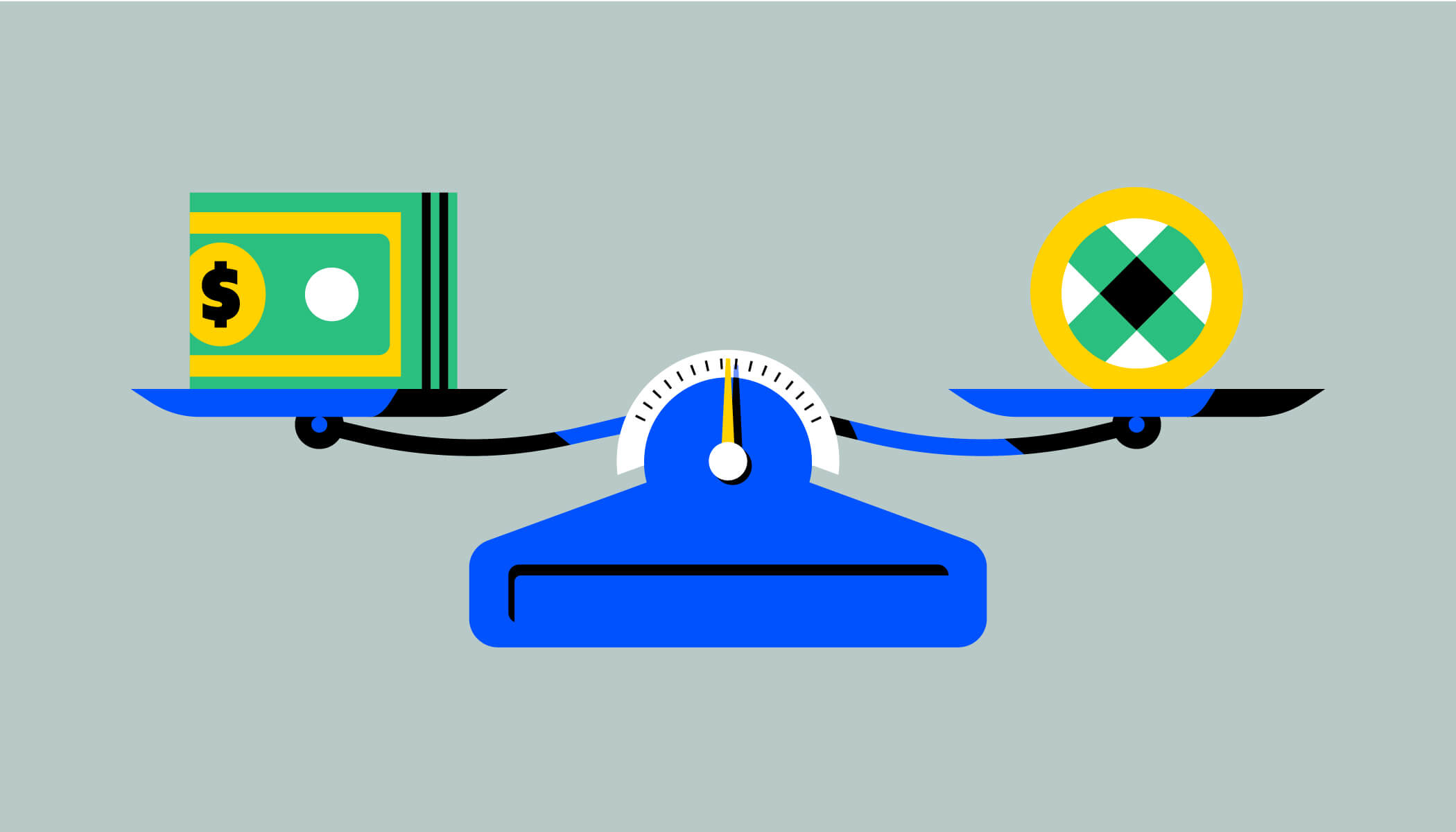Crypto trading isn’t as simple as it seems—where you trade can make or break your security and profits. Which path will you choose?
Looking to dive into crypto trading but don’t know where to start? You’re not alone. The crypto market isn’t known for being straightforward. It’s scattered across various platforms, each with its own rules, fees, and quirks. Choosing the right spot to trade crypto currency can feel like a maze. Let’s break down the main venues people use, so you get a clear picture of the landscape.
Centralized Exchanges (CEXs)
Think of centralized exchanges as the big, shiny supermarkets of crypto trading. Platforms like Binance, Coinbase, and Kraken dominate this space. They’re user-friendly, provide high liquidity, and usually offer the widest range of crypto assets. But don’t get too cozy—your funds aren’t always in your control here.
“Centralized exchanges act as trusted middlemen but come with risks like regulatory oversight and susceptibility to hacks.”
Fees vary widely—trading fees typically range from 0.1% to 0.5%. Deposits and withdrawals might add extra costs, so keep an eye out. Liquidity is generally excellent, which means your orders get filled fast. But remember, security depends largely on the exchange’s safeguards. And history has shown us that some of these platforms are juicy targets for hackers.
Decentralized Exchanges (DEXs)
If you’re more of a DIY type and like keeping things private, decentralized exchanges might catch your eye. Uniswap, SushiSwap, and PancakeSwap are among the top DEXs. They run on blockchain networks and don’t hold your funds. Instead, trades happen directly between users through smart contracts.
“DEXs offer users control over their funds at the cost of slower speeds and higher transaction fees.”
Fees can get wild here, especially on Ethereum-based platforms when the network is busy. Gas fees sometimes make small trades feel like a bad joke. Liquidity is usually lower than on CEXs, which can lead to slippage (that’s when the price you get isn’t quite what you expected). Security-wise, smart contracts can have bugs or get exploited, so it’s not all sunshine and rainbows either.
Brokerage Apps
If the thought of buying crypto on an exchange freaks you out, brokerage apps like Robinhood, eToro, or SoFi step in with a more familiar vibe. They simplify buying crypto but often don’t let you withdraw the actual coins to your own wallet—meaning you’re still at their mercy.
“Brokerage apps lower barriers to entry but trade off ownership and control for ease.”
The upside? These apps usually charge zero or minimal commissions and integrate smoothly with bank accounts. The downside? Limited asset choice, less transparency, and questionable control over your digital assets. It’s like renting an apartment instead of owning a home.
Over-the-Counter (OTC) Desks
Big fish who want to trade huge amounts away from the chaos tend to use OTC desks. These are private brokers that match buyers and sellers directly. No order books, no public panic selling here—you get personalized service.
Fees can be negotiable and often better than what public exchanges offer for large trades. Liquidity is usually solid because OTC desks work with big players. But transparency? Often, you’ll have to trust the middleman.
“OTC desks provide tailored trading solutions for large volumes, minimizing market impact.”
Weighing Your Options
When you ask, where to trade crypto currency?, it really boils down to what you value—speed, security, control, or fees. High liquidity makes centralized exchanges attractive. Want full custody? DEXs shine there. Looking for simplicity? Brokerage apps have your back. Handling large trades? OTC desks are the go-to.
Don’t kid yourself thinking there’s a perfect solution. Every venue comes with some baggage. And hey, risks in crypto aren’t just some distant rumor; they’re part of the ride.





